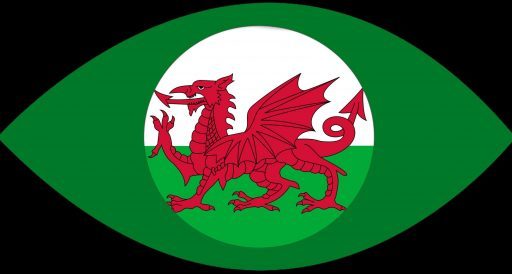North Wales: A Tapestry of History Unfolded
Nestled between the rugged mountains and picturesque coastlines, North Wales stands as a region steeped in history, its narrative intricately woven through centuries of cultural, political, and social evolution. From ancient Celts to medieval princes, industrial revolutions to contemporary rejuvenation, the history of North Wales is a captivating journey through time that has shaped both the landscape and the people who call it home.
Early Inhabitants and Celtic Roots:
The earliest traces of human habitation in North Wales date back to the Mesolithic era, around 8000 BCE, as evidenced by archaeological discoveries along the coast. However, it was the arrival of the Celts in the 4th century BCE that marked a significant chapter in the region’s history. The Celts, with their distinctive language, customs, and tribal societies, left an enduring imprint on North Wales that persists to this day.
Roman Occupation and Beyond:
The Roman conquest of Britain unfolded in the 1st century CE, bringing North Wales under imperial rule. The Romans constructed roads, forts, and settlements, leaving behind a tangible legacy in the form of Caernarfon and Segontium. However, resistance from native tribes, including the Celts, remained a constant challenge.
Following the Roman withdrawal in the 5th century, North Wales became a focal point for various waves of migration and invasion. The arrival of Anglo-Saxons, Irish settlers, and Vikings added layers to the cultural mosaic of the region.
Medieval Princes and Castles:
The medieval period witnessed the rise of powerful Welsh princes who sought to assert autonomy and resist external domination. Notable among them was Llywelyn the Great, who united much of Wales in the 13th century. The construction of formidable castles, including Conwy, Caernarfon, and Harlech, symbolized both military might and political authority.
However, the conquests of Edward I in the late 13th century marked a turning point. The construction of the “Iron Ring” of castles, intended to suppress Welsh uprisings, left an enduring architectural legacy but also symbolized a subjugation that would have lasting effects on the region.
Industrial Revolution and Urban Growth:
North Wales played a crucial role in the Industrial Revolution of the 18th and 19th centuries. The slate industry, centered in areas like Blaenau Ffestiniog, became a major economic force, shaping the landscape with quarries and inspiring a rich cultural heritage. The rise of industrialization also brought an influx of workers to growing towns and cities, transforming the social and economic fabric of the region.
Rural Traditions, Language, and Identity:
Throughout its history, North Wales maintained a strong sense of cultural identity. The Welsh language, a Celtic tongue, persisted against the tide of linguistic assimilation. The Eisteddfod, a celebration of Welsh arts and culture, has been a cornerstone of preserving and promoting the region’s unique heritage.
Modern Challenges and Revival:
In the 20th century, North Wales faced economic challenges, including the decline of traditional industries. However, tourism, outdoor activities, and cultural initiatives have breathed new life into the region. The majestic Snowdonia National Park, historic sites, and festivals draw visitors from around the world.
Today, North Wales stands at the crossroads of tradition and modernity. Urban centers like Wrexham and Bangor coexist with rural landscapes, and the region’s rich history is celebrated through museums, festivals, and a vibrant cultural scene.
Conclusion:
The history of North Wales is a tale of resilience, adaptation, and a deep-rooted connection to its cultural heritage. From ancient Celtic roots to the challenges of industrialization and the embrace of a modern identity, North Wales continues to evolve while honoring its storied past. As the region looks towards the future, the echoes of history resound, weaving a tapestry that is both unique and integral to the broader narrative of the British Isles.


